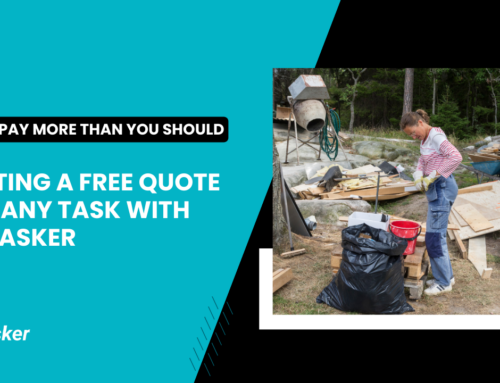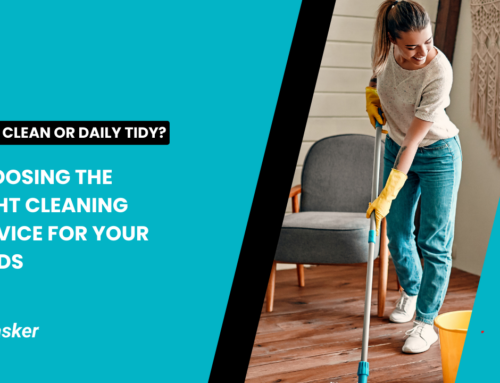A house isn’t quite a smart home just because it has a programmable thermostat. A client with a “smart home” will have at least three devices that can be controlled from a smartphone, such as the lights, the heat, and other home features. In short, a smart home is controlled by wifi, a smartphone, and devices that are connected to the internet. It can be hard to set up this kind of technology, especially if you need to connect multiple devices. When Alexa, Ring, and Roomba stop getting along, customers will probably call you.
So, how do you proceed?
Instead of saying no, learn how to do smart home repairs like a pro. More and more people are putting these things in their homes, so it’s only a matter of time before you run into some broken Nest thermostats. Smart devices will influence your field force business in the future.
- If you put in safety or burglar alarms, people will ask you to put in smart locks and Ring cameras that can connect to wifi.
- As an HVAC tech, you’ll have to set up more than a few Nest thermostats.
- Electricians or people who fix appliances will be required to work on the wiring of smart appliances.
- Lawn care and irrigation workers will get more requests for smart sprinkler technology.
- Pool techs need to know how to use automation software and fun add-ons like lights, music, pool covers, and more that work with smart homes.
Five simple steps to mastering smart homes
No matter what you do, you need to know how smart home systems work. But there is so much innovation out there, how do you add “smart home repair” to their list of services?
Follow these 5 steps to learn about this new niche, show that you can handle it, and expand your company in it.
1. Become knowledgeable
Learn about smart home solutions that are used in your industry. You can learn everything there is to know about smart homes, but it necessitates a great deal of practice. Start small and learn about the kinds of systems that your current customers might want. Learn about things like:
- Setup processes
- Famous models
- Update
- Basic issues and how to fix them
2. Obtain certification
After you’ve learned about smart home devices, you can get a certification to show that you know your stuff. There are many types of certifications, such as:
- CEDIA
- ETA Currently Boasts
- Schneider Electric
3. Become expert
Your schooling and accreditations will help you get more smart home jobs, but remember to start small. You won’t know everything right away, so start with limited jobs around your home.
Over time, you’ll learn regarding connected phones that you don’t know much about. For instance, if you’re an HVAC state of the art, you’ll gain knowledge not just about the Nest thermostat but also how it works with Google Assistant. Use your knowledge and keep having to learn; that’s how you can get serious projects over time.
4. Gather feedback and references
Customers want to see that you know what you’re talking about. Certifications help a lot, but nothing works better than a review from a customer. Encourage people who buy your smart homes to write reviews that talk about smart technology and put them in a prominent place on your website. This can be done with the help of the marketing tools in field service software like Smart Service.
5.Expand
Then all you have to do is rinse, wash, and repeat. Build a team of professionals who are trained in smart home providers and work under you. Invest in your employees and their education so you can stay on top of the constantly changing technology trends. Over time, you’ll get a good name not only for great work in the field, but also for smart work in the home.
Read more: Putting up a light fixture







